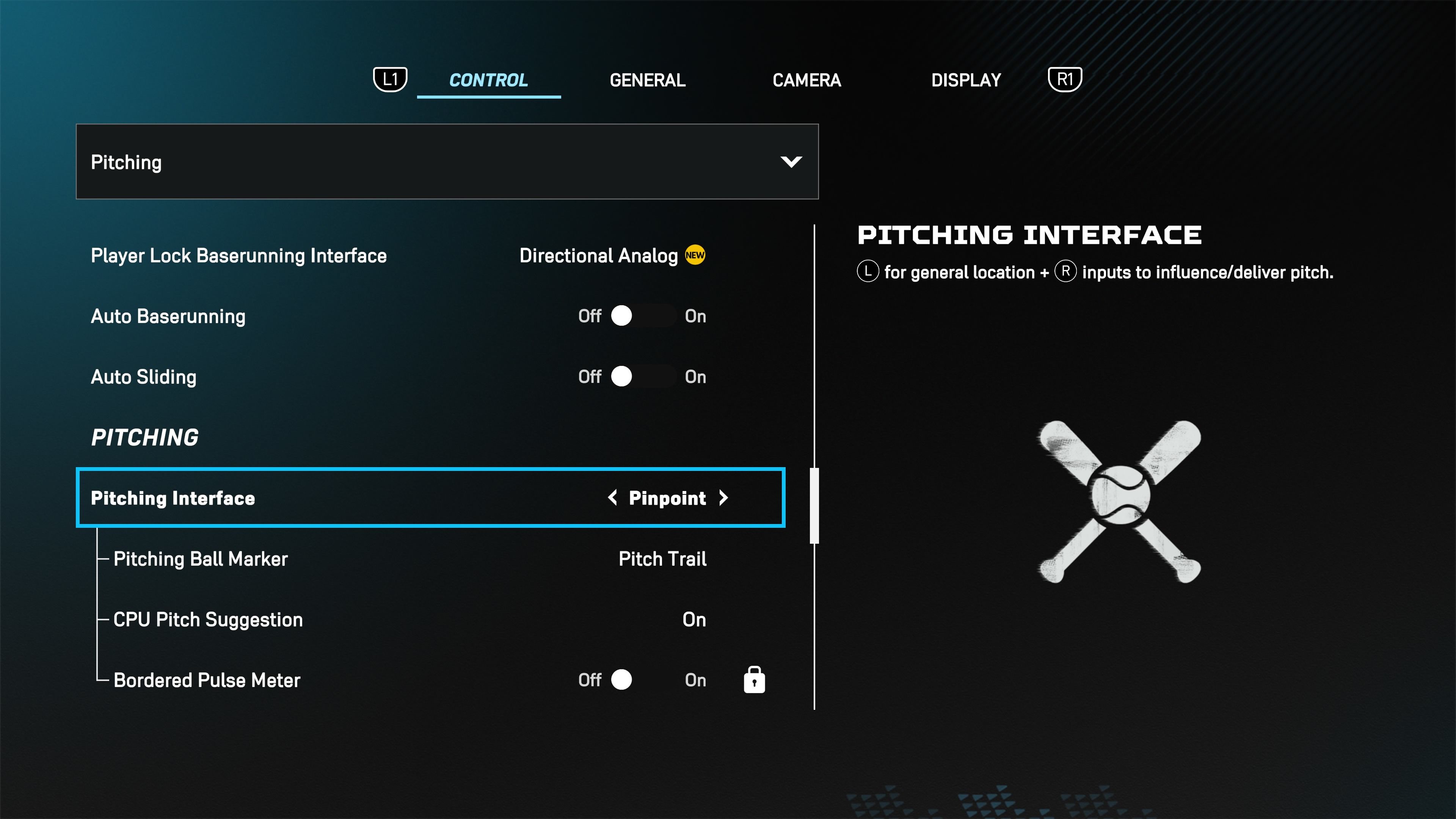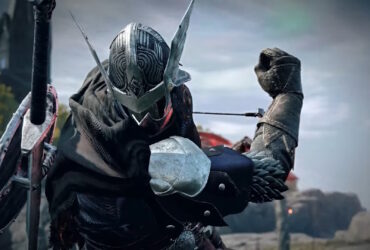MLB The Show 25 allows players to select between five different pitching interfaces, each of which alters the game’s pitching system in significant ways. While some players may immediately latch on to one of the pitching interfaces as they work through the game’s tutorial, others may have questions about which one is worth learning. This guide is written with that second group of players in mind, and it details the best pitching interface in MLB The Show 25 and provides some tips that should make it easier to use.
This guide defines the “best pitching interface” as the one that will give players the biggest advantage in a competitive setting. That said, if a player has more fun using a different pitching interface in MLB The Show, like Pulse, they should absolutely go with that alternative.

Related
MLB The Show 25: How To Upload a Face Scan in RTTS
Find out how to upload a face scan and truly personalize your RTTS player in MLB The Show 25.
MLB The Show 25: Best Pitching Interface
When pitching in MLB The Show 25, there are two things for which players should strive: accuracy and consistency. Indeed, players who want to become the best pitchers must be able to consistently put the ball exactly where they want, and the Pinpoint pitching interface makes that possible.
For the uninitiated, Pinpoint pitching in MLB The Show requires players to trace a shape with the right joystick and then flick that joystick towards a blue circle at the bottom of the ring. While this can be tricky to master, it is worth learning how to Pinpoint pitch, as players who can consistently nail the requisite inputs will have complete control over what they throw. Without question, players will need to put in some practice before they get to that point, but here are a few tips that may help them get started:
- After selecting a pitch, take a moment to watch the demonstration, as it shows the proper timing for both tracing the shape and performing the final flick.
- After drawing the shape, and before flicking the stick downward, release the joystick to return to the center of the ring. This reduces how far the joystick must be pushed when performing the final flick, making it easier to hit the right timing.
- The two blue circles on the edge of the ring can be used to determine timing, both when drawing the shape and performing the final flick. More specifically, as players draw the shape, they will see a dotted outline around the blue circle at the top of the ring, and that outline slowly closes in on the blue circle. The goal here is to complete the shape, and reach the blue circle, just as the outline and the circle overlap. The same is true when performing the final flick towards the bottom circle, as a contracting outline will also appear around that circle once the shape has been drawn.
MLB The Show players who are unhappy with the Pinpoint pitching interface should consider trying Pure Analog. Indeed, that system is a bit easier to learn, and it still provides a good amount of consistency, even if not quite as much as Pinpoint.
With respect to the Pitch Ball Marker setting under Pitching Interface, that primarily comes down to personal preference. That said, the Pitch Trail setting is at least worth trying, as it provides a very nice representation of the path that the pitch will take.
MLB The Show 25: Best Pitching Camera
In general, it is recommended that players align their Pitching View with their Hitting View. This strategy allows players to get a very good understanding of what the various pitches look like from the selected angle, which should, in turn, improve their at-bats. While players are certainly free to experiment with Hitting Views, the Strike Zone cameras are typically considered to be the best, with Strike Zone 2 being particularly good. MLB fans are thus advised to select a Strike Zone camera when setting their Pitching View.

- Released
-
March 18, 2025
- Publisher(s)
-
Sony Interactive Entertainment















Leave a Reply